5. Violation
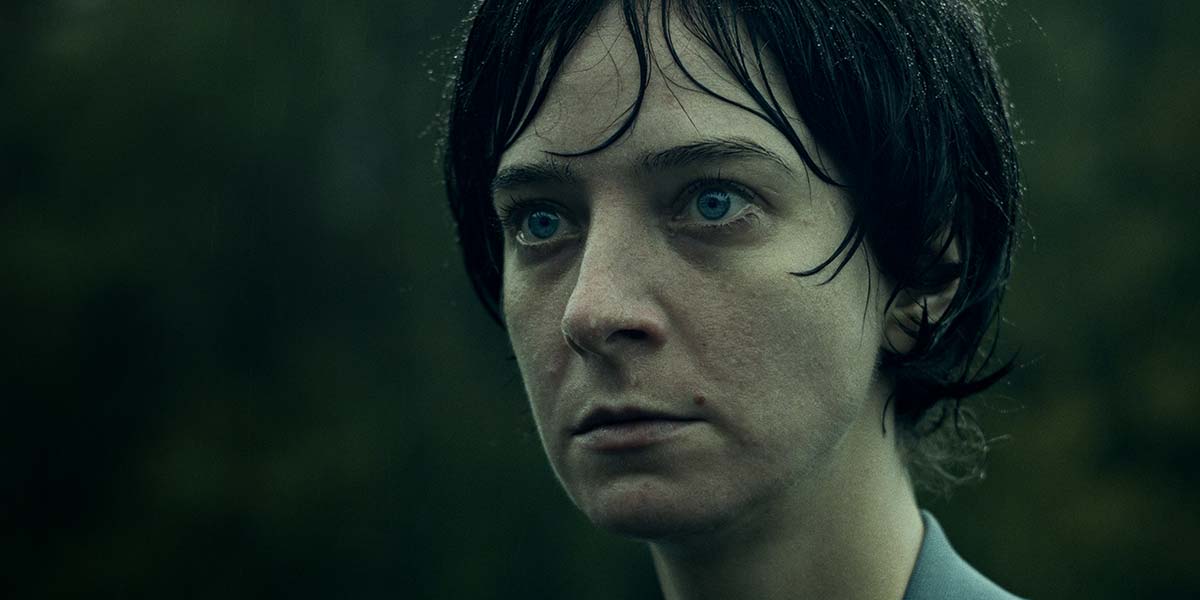
Directing duo Madeleine Sims-Fewer and Dusty Mancinelli do not pull any punches with their debut film. Violation is a gritty, uncomfortable revenge movie about a woman whose life is turned on its head following a traumatic event involving her brother-in-law. This event sparks a fire in her that pushes her to a breaking point that changes the trajectory of her life forever.
The film switches between past and present in order to tell its story. We quickly learn that this is a movie about revenge, but the reason for revenge is unveiled slowly. Violation takes its time. Rather than presenting the big event upfront, viewers are made to watch awkward interactions and uncomfortable moments of silence. We know something is wrong, and we know something is about to happen, but we don’t know what.
The methodical pacing can be maddening for viewers who just want to get to the violence, but these viewers don’t understand that the horror needs to accompany the drama. There is, no surprise, plenty of blood and gore. However, this can’t happen without the backstory.
In a lot of ways, Violation feels like a character study. We owe it to ourselves to ingest every small detail that occurs during both timelines. Why are the characters acting this way? What leads them to make certain decisions? This is undeniably a horror film, but it’s a horror film that refuses to spoon-feed viewers. It’s remarkable even though it’s not consistently entertaining.
4. Lucky
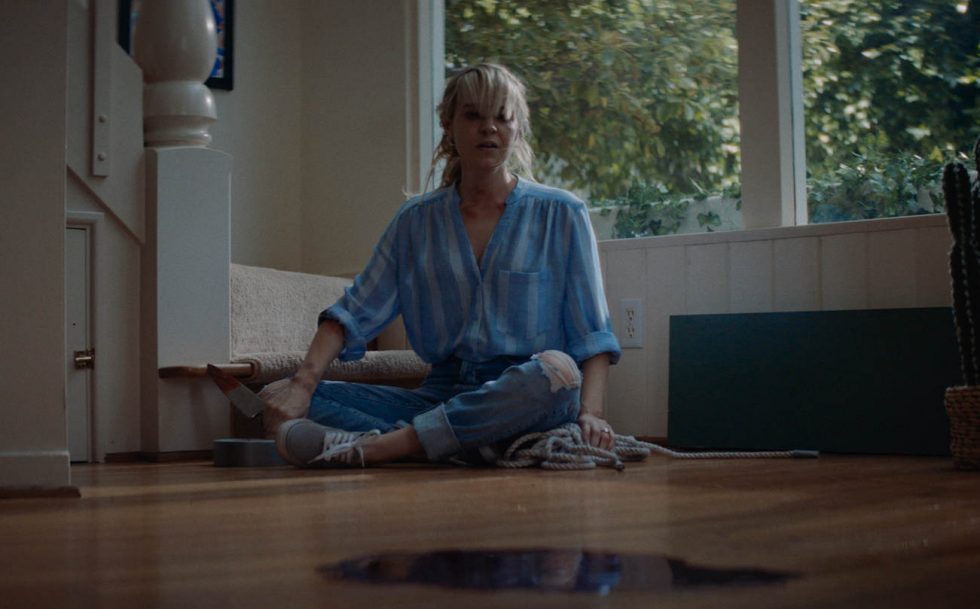
Time loops are all the rage nowadays. Within the past few years, we’ve gotten Palm Springs, Boss Level, See You Yesterday, Koko-di Koko-da, Happy Death Day 2U, and The Map of Tiny Perfect Things. What’s particularly fascinating about this trope is the fact that it usually works pretty well. All of the aforementioned movies received mostly positive reviews from critics. Some, like Palm Springs and See You Yesterday, garnered outright critical acclaim.
There’s something about this premise that keeps viewers invested. Even if you know the set-up, there’s still an entire story to tell revolving around repeating days. What day is the main character repeating? What is important about that specific day? How do they escape? There are so many different ways to tackle the subject.
This leads us to Lucky, the latest time loop phenomenon. Although Lucky breaks a few time loop rules, this is still about a woman who experiences the same event repeatedly. Viewers are introduced to May, a not-so-happily married author who gets attacked in the middle of the night by a mysterious man. When she believes things have been taken care of, she wakes up the next morning and continues to live her life until the middle of the night once again rolls around. When the clock hits a certain time, the man returns and attempts to attack. It doesn’t matter what happens to him; he always finds a way back.
Comparisons will inevitably be made to Happy Death Day, but that’s unfair. The film dabbles with a similar premise, but the endgame is not the same. Happy Death Day wants to offer sci-fi infused thrills in a slasher flick. It primarily wants to entertain. Lucky, on the other hand, has something important to say. No matter how many times May talks about her nightly home invasions, the men refuse to believe her. Without getting too spoilery, this is a movie about gaslighting and the tendency for women to be ignored.
The time loop and the elements of horror are used with purpose. They are used to drive the message forward. As a society, we have a duty to acknowledge cries for help, but beyond that, we have a duty to investigate them.
3. The Vigil
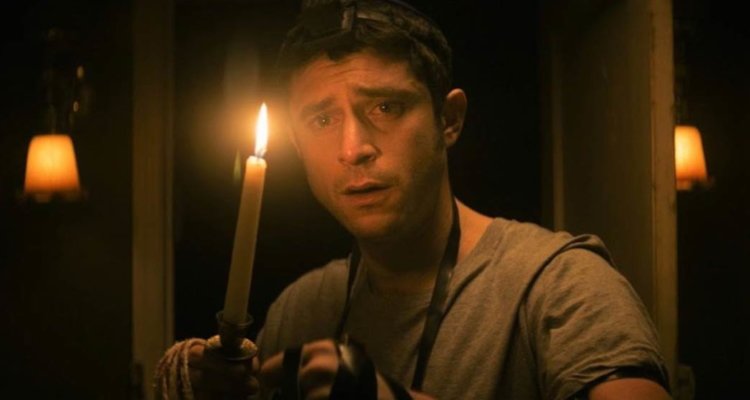
Shemira is the name of a Jewish ritual where a guardian, known as a shomer, must watch over a dead body before an official burial. The main purpose of the ritual is to prevent desecration of the body. Desecration of the body can come from several sources, including rodents and thieves. In the case of The Vigil, however, malevolent spirits are the primary concern.
Keith Thomas’s directorial debut revolves around Yakov, a man who reluctantly decides to become a shomer for the night in order to earn some cash. The night takes several unexpected turns as Yakov faces off against the supernatural forces that dwell within the house. By facing these threats, he begins to understand the hardships he has yet to overcome in his own life.
The Vigil skillfully utilizes horror clichés to tell a story with thematic depth. You’ll find an assortment of jump scares and creepy noises that flow through mainstream Blumhouse releases, but there’s an emotional core here that’s often absent from similar haunted house movies. This emotional core drives the story forward in unpredictable and often haunting ways.
2. A Quiet Place Part II
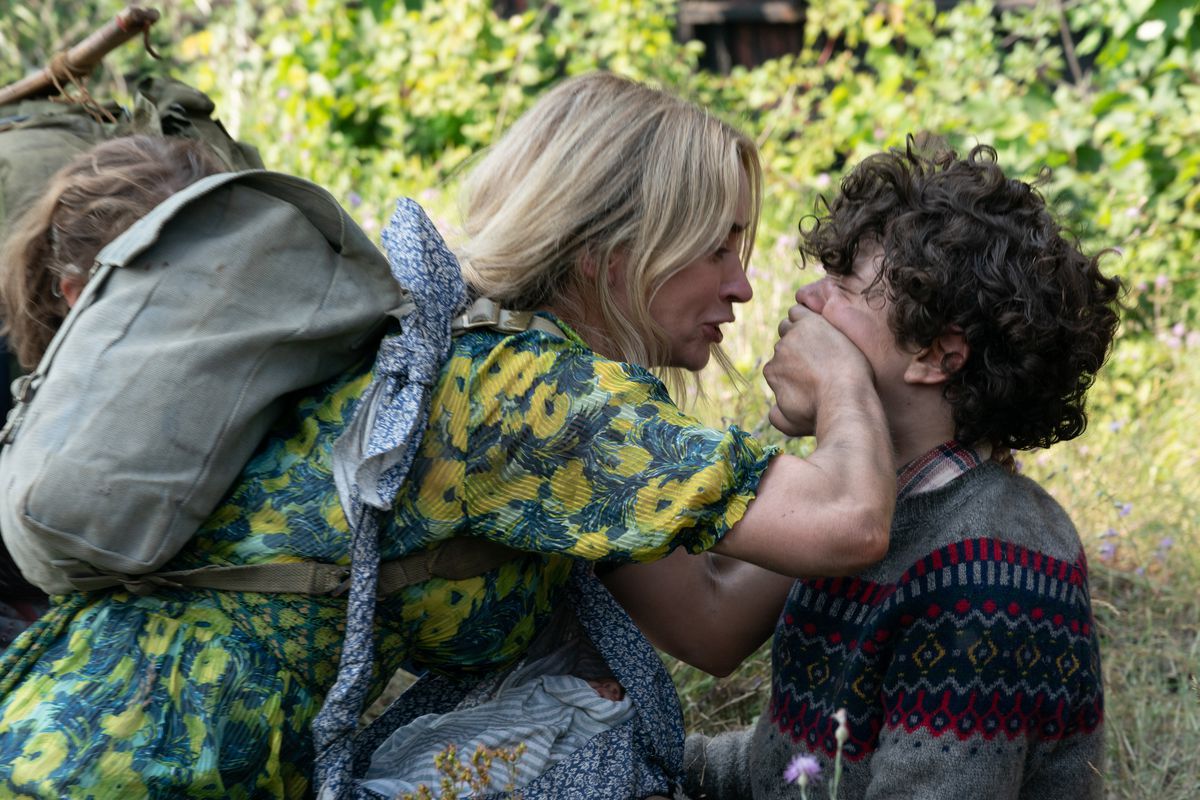
Nobody knew what to expect when A Quiet Place debuted back in 2018. Prior to its release, John Kransinski had only directed two critically panned comedies. On top of that, the screenwriting duo also failed to achieve much success throughout their careers. Trailers showed promise, but it was hard to remain optimistic when there were so many red flags.
Thankfully, A Quiet Place absolutely blew away expectations. Given the large scale of the project, Krasinski’s directing skills were on full display. This wasn’t a low-budget indie comedy; this was a blockbuster horror movie with massive CGI monsters and booming sound effects. It was also a clever allegory for the fears that come with parenthood.
Given the critical and commercial success of the original film, it was a lot easier to get excited about A Quiet Place Part II. You could argue that a sequel wasn’t entirely necessary, but as long as the project was in the right hands, one could assume that things would work out.
The eventual outcome isn’t all that surprising; things did work out for the follow-up. This is what people have come to expect from blockbuster sequels. A Quiet Place Part II is bigger and bolder than its predecessor. It’s a film that prides itself on its ability to give people more. There’s more dialogue, more monsters, more tension, and more explosions. The only thing that’s toned down is subtlety.
There will certainly be people who miss the quieter, more purposeful pacing of the original, but the epic setpieces feel equally natural. It feels so natural that people may not even realize the changes. It all ends up feelings like the sequel nobody knew they needed.
1. Saint Maud
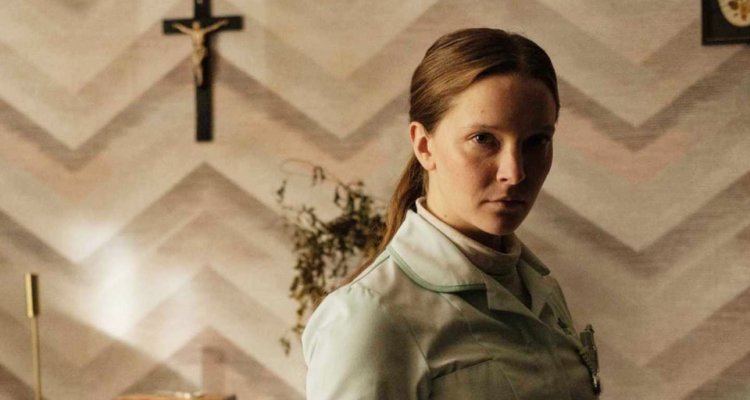
Everybody handles remorse differently. Some people are able to move on and live a life free of guilt. Others, like the protagonist of Saint Maud, convert to Catholicism and obsessively try to save people’s souls. Everybody copes with trauma differently, so it’s hard to villainize the titular character for her actions. That being said, the main character’s actions become increasingly hard to justify, resulting in a film that begs to be analyzed from a psychoanalytic perspective.
To give a little more background, Maud began her adult life as a hospice nurse named Katie. When a patient ends up passing away under her care, she converts to Catholicism, changes her name, and leaves her previous job behind. She begins working as a private care nurse so that can continue to help people, but her idea of helping people shifts because of the tragedy.
A majority of the runtime revolves around Maud trying to help Amanda Kohl, a terminally ill choreographer who sins whenever there’s time in the day. She doesn’t believe in God, she swears like a sailor, and she engages in all kinds of illicit sexual activities. This does not go over well with the newly religious Maud.
What starts as psychological warfare eventually turns into gruesome body horror that would make David Cronenberg blush. Maud has a desperate need to overcome the sins of her past. Unfortunately, her methods aren’t particularly conventional. That’s why this is a horror film.
Saint Maud works as a horror film and a psychological drama. There are some petrifying moments, but there’s so much backstory that deserves to be scrutinized as well. Viewers will likely try to understand why the characters act in certain ways. Edge-of-your-seat moments share the screen with deeper, more character-focused segments. It’s a balancing act that deserves critical attention.